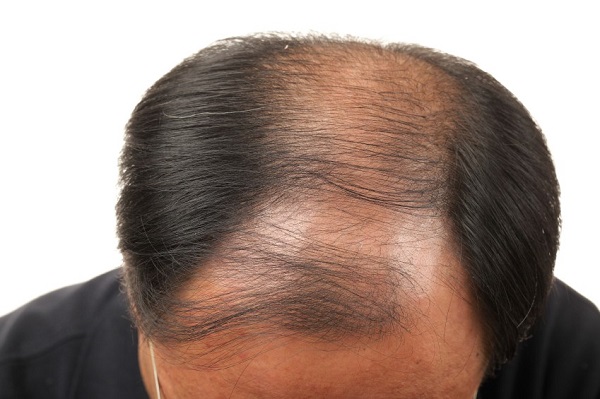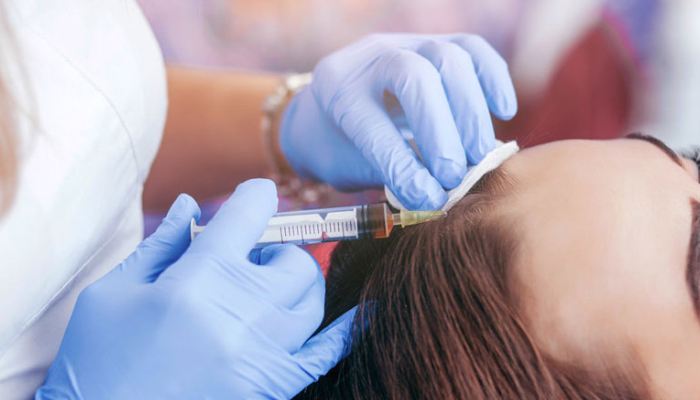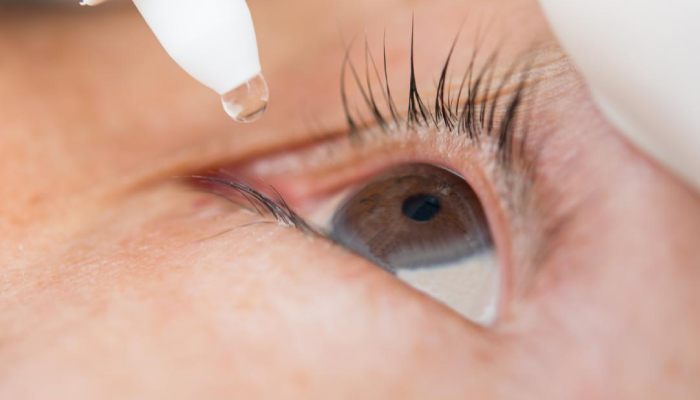The Best Medical Treatments For Hair Loss

Understanding Insomnia and different medical treatments for Insomnia
March 12, 2020
Causes, Diagnosis And Medical Treatments For Autism
March 16, 2020Hair Loss In Men And Its Causes
Hair loss and receding hairlines are a common issue with men. Baldness is more common in men than in women. As per a study by the American Hair Loss Association, almost two-thirds of men have some kind of hair loss by the age 35. They experience 85 percent hair loss by the age 50. Coping with hair loss is like coping with any kind of physical disfigurement. It varies from person to person. Hair loss can affect a person’s emotional well being and may lead to depression, anxiety and reduced self esteem and quality of life. Hair clinics and psychiatrists have counselling sessions for people who have anxiety regarding hair loss.
People who are never bothered about hair loss resort to shaving their heads to cover hair loss. Some people resort to using wigs if the hair loss is permanent. This is a non medical way to resolve hair loss. Appropriate wigs and hairpieces can smartly disguise hair loss. It can be extensive and there are special wigs to cover baldness caused due to medical conditions. In such cases, the cost of a wig can be covered by medical insurance.
Read More About : How To Cope With Female Hair Loss?
What Causes Hair Loss?
There are many reasons for hair loss and baldness. It can be due to medical conditions or treatment. The most generic cause is genetic. So, before you get on to a treatment you need to find the cause of hair loss so the treatment will be in line. Radiation treatment for cancer is known to cause hair loss. Hairstyles that cause extensive pull to the scalp and chemical coloring and other chemical hair treatment will lead to permanent hair loss. Trauma and extreme stress are natural triggers that can lead to hair loss.

Most cases of baldness are hereditary. It can occur in the front, at the back or in the temples. Ringworm infection can affect the scalp and invade the skin and hair of the scalp leading to hair loss and scaly patches. Hormonal changes due to thyroid gland can also lead to hair loss. Medical condition known as Alopecia areata that affects the immune system of the body will cause sudden and rapid hair loss that leaves round, bald patches of skin on the scalp. Psoriasis, lupus and a few medications will also cause hair loss. There are several medical treatments for hair loss.
Treatment And Prevention
There are medications like ointments, foam and oil that can be bought over the counter to treat hair loss. But for cases that have heavy hair loss need immediate medical attention from a healthcare provider. The doctors can suggest therapies or extensive treatment. Hair loss therapies often involve medicines, creams, ointment and shampoos. You need to meet a hair specialist to work out the best therapy based on your condition. For permanent treatment of male pattern baldness is hair transplant surgeries. This involves removing hair follicles from the back of the head and placing them on the scalp. Laser comb is another new treatment to promote hair growth.
For cases that don’t need surgery, there are two most common medications that doctors prescribe. Minoxidil or Rogaine and Finasteride or Propecia. Minoxidil was originally used to treat high blood pressure but was later found that it can be used to cure baldness due to excessive hair growth after taking the drug. Take the drug in appropriate doses as prescribed by the doctor for thick and long hair. Finasteride can treat male pattern baldness that appears around the crown and middle of the scalp. The drug can be used only by adult men and should be kept away from children and pregnant or breastfeeding women.




